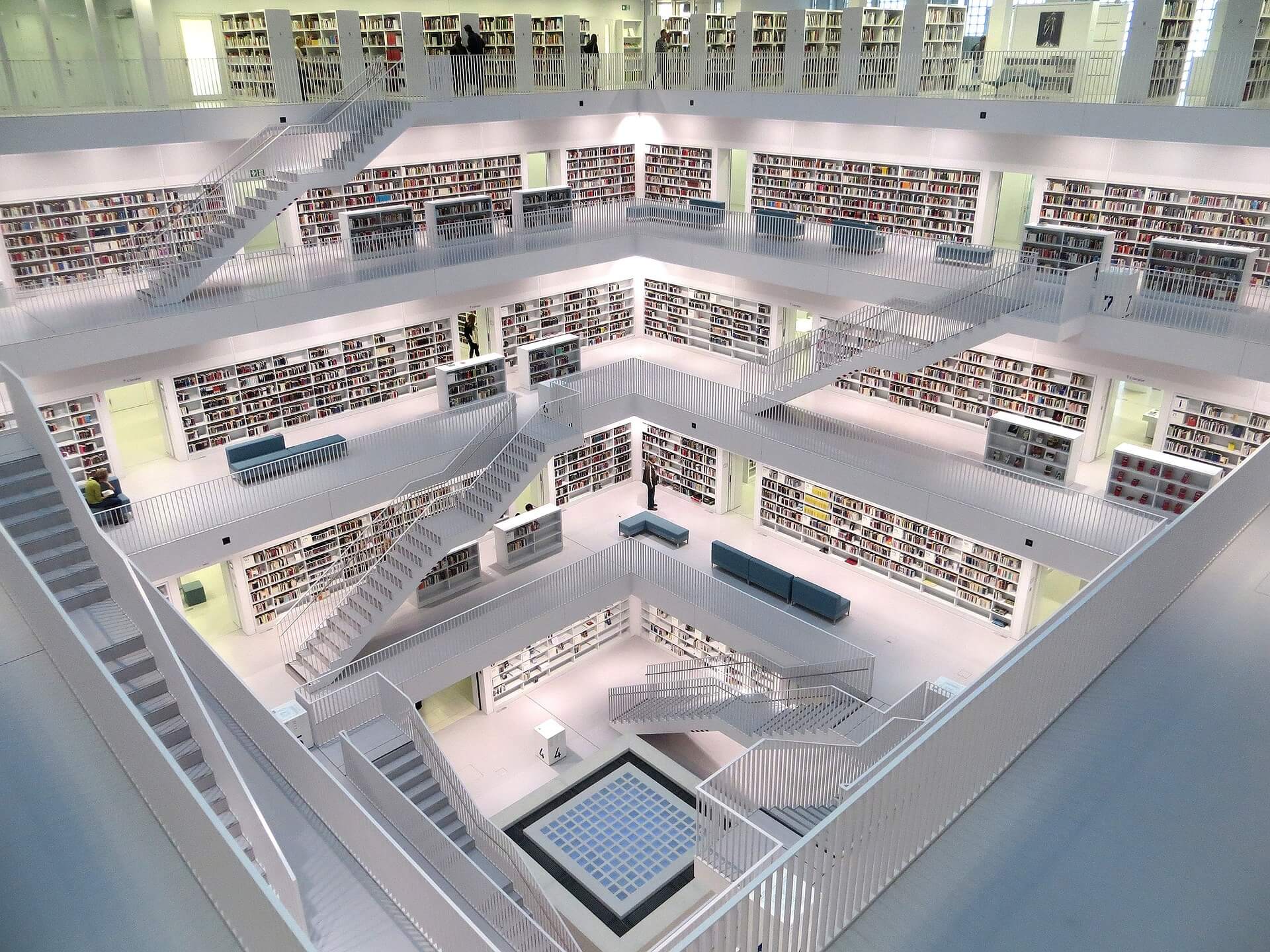Addressing the Modeling and Simulation Skills Gap
Anyone riding on the Tube in London cannot miss the warnings to “Mind the Gap” between the platform and the train. In the United States, there is also a warning that we need to “Mind the Gap.” However, this time the warning is about the gap between the skills needed by the U.S. workforce and the skills they currently have. This warning is particularly shrill in the area of advanced modeling and simulation that can enhance U.S. competitiveness. Looking to the future, it appears that the gap is only going to get worse. The question is what can the U.S. do to fill the gap?
One solution is to improve the skills of U.S. workers. Happily, there is good recognition of this problem, as evidenced by the poor standing of the U.S. in worldwide testing scores, and improving worker skills through education and training is a hot topic at all levels of society and government. A large number of very smart people are working to come up with new approaches to education and training to keep the U.S. workforce competitive with the rest of the world.
Unfortunately, skill requirements are a moving target. As the nature of work changes, the skills needed to do that work also change. The reality is that the skills people are training for today could be obsolete in a just a few years. This problem will only get worse, given the ever-increasing pace of new technologies and the skills required to use them. Perhaps the best thing training and education can teach are skills about how to deal with the ongoing disruptions in work. These include:
- Lifelong curiosity and continuous learning.
- The ability to understand a situation and develop innovative ways of dealing with it.
- Strong written and oral communication skills.
- Good interpersonal skills, in cases where teamwork is required.
Obtaining the “skills” to learn new skills may be the most important thing that good education can provide.
In addition to skills there is another side to the productivity equation: tools. Skills are important, but tools, applied properly, make a huge difference in a worker’s productivity. In addressing the skill gap, an important, but seldom asked question is what can be done to change the tools. In many cases, the answer is quite a bit. The rapid pace of technology changes will offer important opportunities to change the tools that accommodate the skills that the workforce possesses.
Looking for these opportunities starts with understanding the workflow of a job. Workflow simply describes the processes, skills, and tools needed to do a particular job. Understanding the workflow exposes who is doing what and how. It also reveals what skills are necessary to successfully complete the job. At that point, decisions can be made to either train workers to acquire the necessary skills, or change and improve the tools used to complete the job.
In the world of advanced modeling and simulation, tools are being used to provide scientific and engineering insights in several different domains. These range from oil and gas exploration and production, to designing automobiles, to discovering new drugs. The workflow associated with this work is very complicated and has traditionally required a high level of skills. At its simplest, the workflow involves setting up the modeling and simulation problem, running the problem on a high-performance computer, and then interpreting the results. Doing this requires the workers involved to have an in-depth understanding of wide range of sciences that may include mathematics, materials science, physics, computer science, and statistics.
One of the great challenges of using advanced modeling and simulation effectively is that it is very easy to make mistakes that can lead to very misleading results. Literally, as the saying goes, the problem is “garbage in, garbage out”. High levels of skills are required by users to interpret results and the process that produced them to ensure quality and provide confidence that the modeling and simulation results are a reflection of the real world. Therefore, it is crucial for industries looking to use advanced modeling and simulation to find and hire people with the necessary skills to be effective users of these tools.
An important part of the solution to this problem is increasing the number and diversity of people with the skills to effectively use modeling and simulation. However, another aspect of the solution could be to change the workflow and user environment of the tools to accommodate the skills of available workers. These changes might include building “user advisors” with artificial intelligence to observe the execution of a workflow and provide suggestions to the user. These could be recommendations about workflow choices such as which materials libraries should be used or which physics solution method should be selected. The “user advisor” could also document the workflow so it could be reviewed for quality purposes.
Minding the skills gap is critical. It could be one of the greatest inhibitors of expanding the use of high performance computing enabled modeling and simulation by U.S. industry to improve competitiveness. Given the ongoing crisis of our math, science, and engineering education testing scores, this could put the United States at a serious competitiveness disadvantage. Part of the solution needs to be to change that trajectory. However, another avenue is to understand modeling and simulation users’ workflow and develop innovative tools that fill the gap by making the work environment smarter to accommodate the skills U.S. workers bring to the job.
Join the Catalyst Monitor
Join our community, where we push out regular insights to help maintain situational awareness on technological and socioeconomic trends.



